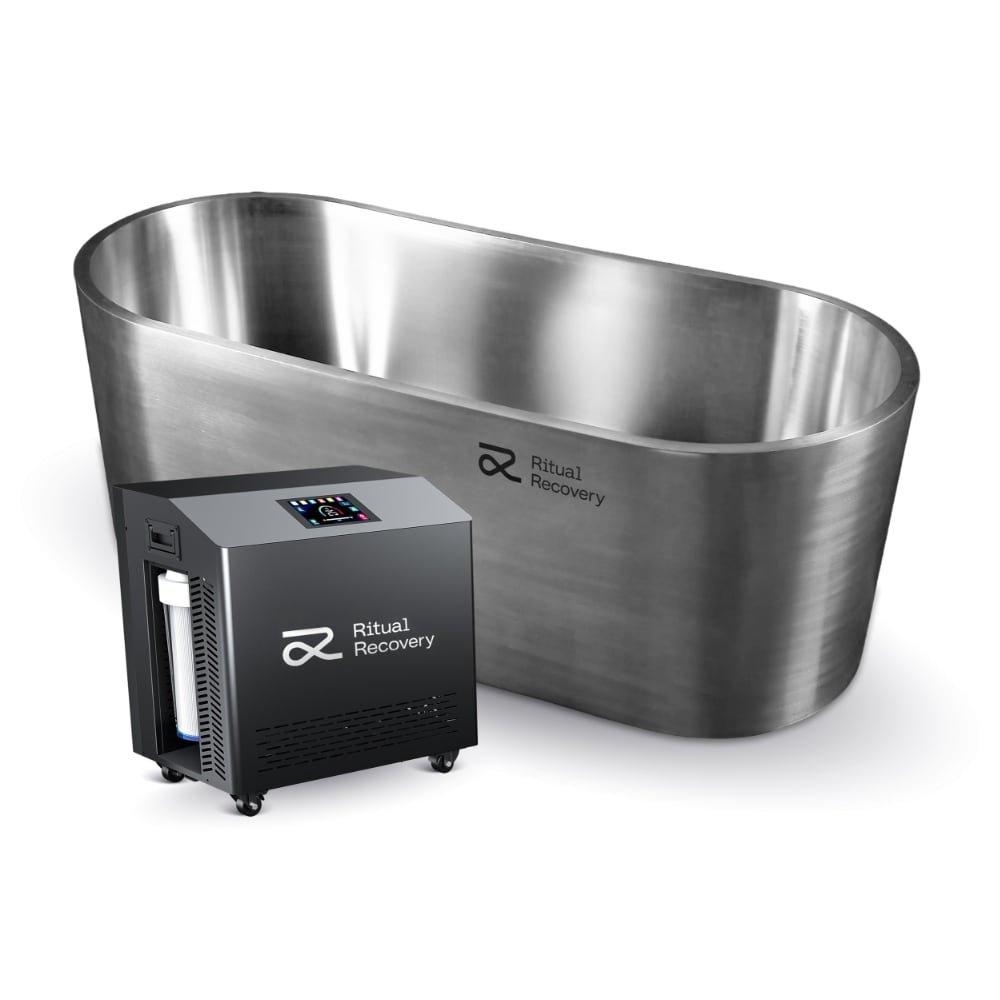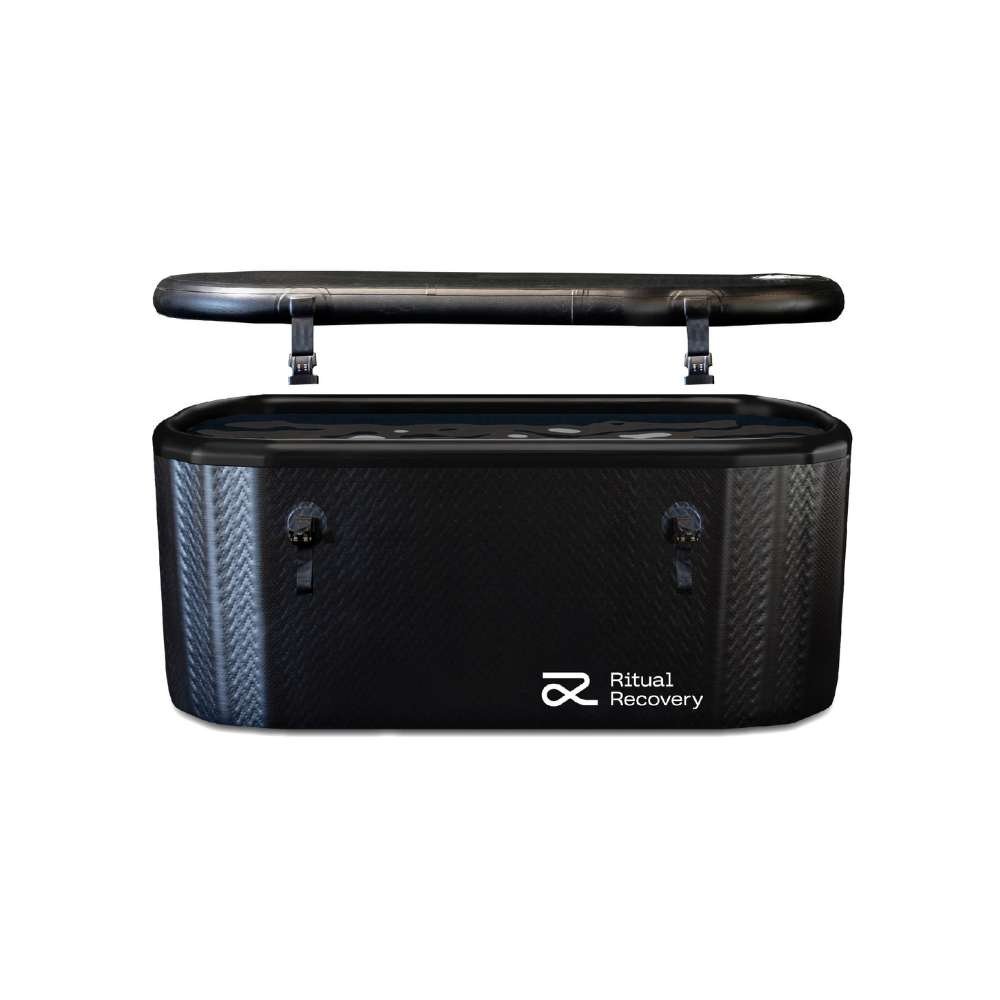Ice Baths for Kids: A Tool for Recovery or Resilience?
Mild cold exposure can teach kids about breath, body awareness, and handling stress — if it’s done right.
From AFL pros to Olympic swimmers, ice baths have earned a solid reputation for boosting recovery, reducing inflammation, and sharpening focus.
But lately, a new conversation is bubbling up: Can kids benefit from cold therapy too? And if so, how young is too young to take the plunge?
Let’s unpack the science, safety, and — most importantly — how cold exposure might become a surprising tool for teaching kids emotional regulation, not just recovery.
Why Ice Baths Are More Than Just Recovery Tools
Cold water immersion (CWI) does more than reduce soreness after sport. It kickstarts a physiological chain reaction: adrenaline spikes, breath quickens, blood vessels constrict.
Then, as you breathe and stay with the cold, the body shifts — the parasympathetic nervous system kicks in, and you settle into calm.
This shift is where the magic happens. It’s not about the cold. It’s about what happens through the cold — and how it teaches the brain and body to self-regulate under pressure.
Adults are using cold therapy not just for recovery, but for resilience, clarity, and emotional reset. The question is: can we give kids that same opportunity — in an age-appropriate, gentle way?
What Could Cold Therapy Offer Kids?
When used carefully, cold exposure could help kids:
✅ Build body awareness — Learning how their breath, heart rate, and mind respond to stress.
✅ Practice self-regulation — Using breathing to find calm in challenge.
✅ Develop resilience — Discovering that they can feel discomfort… and move through it.
✅ Recover from sport — For teens in high-intensity training, it might reduce muscle soreness.
✅ Feel empowered — Choosing to enter the cold and breathe through it can leave them feeling capable and calm.
But that doesn’t mean chucking your 8-year-old in an ice bath is a good idea.
What Are the Risks?
⚠️ Thermoregulation: Kids lose heat faster than adults. Their bodies aren’t as good at managing temperature extremes, which means ice-cold immersion could lead to hypothermia faster than you’d expect.
⚠️ Stress overload: For some kids, especially those with sensory sensitivities or anxiety, cold exposure might feel overwhelming or even traumatic.
⚠️ No research yet: There’s minimal scientific evidence on how regular cold exposure affects children’s hormonal, immune, or nervous systems long-term.
⚠️ Cultural pressure: If ice baths are framed as “toughness tests,” they can become more about ego and comparison than self-awareness.
What Do the Experts Say?
Dr. Andrew Huberman has shared extensively on the benefits of deliberate cold exposure for adults — from mood boosts to reduced inflammation and increased dopamine.
In another video, a breathwork expert breaks down how cold exposure helps train your nervous system to stay calm under pressure. While he doesn’t specifically endorse it for children, the science suggests low-stakes, short cold exposure could have benefits — if done with caution and intention.
Dr. Susanna Søberg, who studies cold and heat therapy for metabolic health, recommends starting with mild exposure and short durations. She highlights the importance of choosing the cold — rather than being forced into it — as part of what creates long-term benefit and stress resilience.
How to Introduce Cold Exposure to Kids Safely
If you’re curious about how cold therapy might support your child — whether for sport, mood, or resilience — here’s how to do it thoughtfully:
🧊 Start with cool, not icy: Temperatures between 16–20°C are enough to create a mild stress response without shocking the system. A quick ocean dip, cool bath, or end-of-shower rinse is perfect.
🧘♂️ Focus on breath, not toughness: Teach your child to breathe slowly through their nose. One or two calm breaths before stepping into the cold makes all the difference.
⏱️ Keep it short: 30 seconds to 2 minutes is more than enough. Watch their cues — if they’re shivering, it’s time to wrap it up.
💬 Debrief afterward: Ask what they felt. Where did they notice the cold? What helped them stay calm? You’re building self-awareness, not just endurance.
🧣 Warm-up matters: Always help them reheat gently afterwards with a towel, dry clothes, and movement.
What’s the Right Age?
There’s no official age guideline, but generally:
Ages 5–10: Stick to playful exposure — cool water splashes, face dips, or quick dips with supervision.
Ages 11–14: If they're interested and active in sport, you can explore short, safe sessions with cool water.
Ages 15+: For teens involved in intensive training, short-duration cold immersion (with supervision) may offer recovery and regulation benefits.
The Bottom Line: Let It Be a Tool, Not a Test
Kids don’t need more pressure. But what they do need are tools to navigate discomfort, stay connected to their body, and regulate their emotions.
Cold exposure — when introduced safely and supportively — can be one of those tools.
Not as a viral challenge. Not as punishment. But as a curious practice in “doing hard things” gently. A way to say: I can feel uncomfortable… and still breathe through it.
Let kids explore their edges. Let them feel empowered by choosing their breath over panic.
And let the cold be a teacher — not a test.




